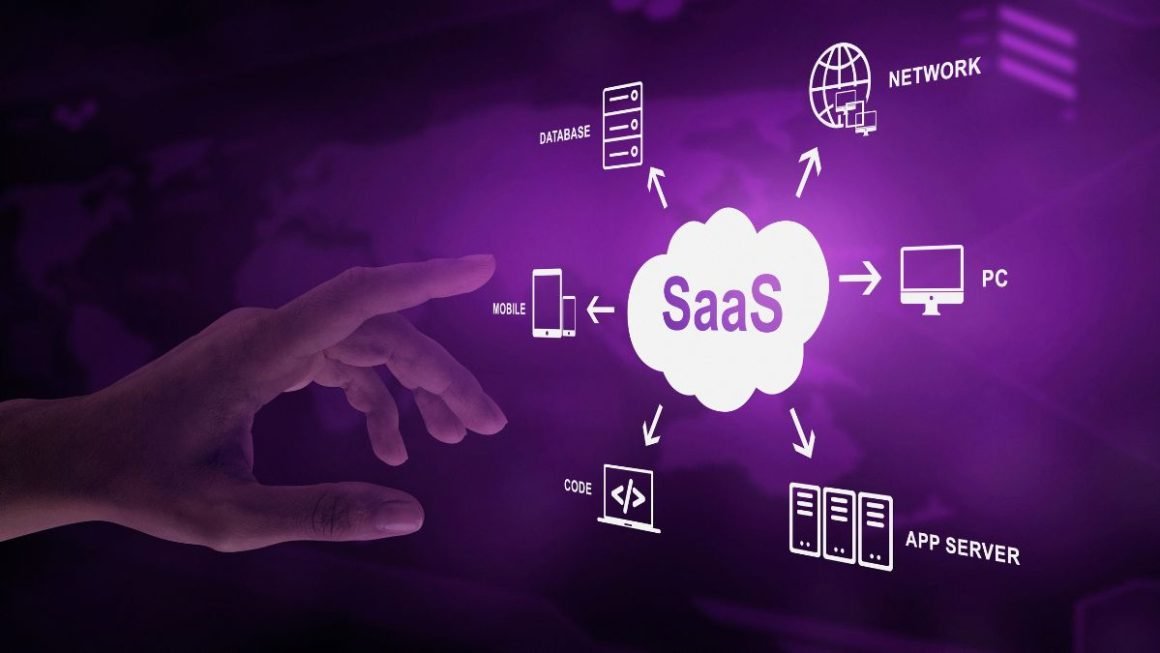Technologies: New solutions in companies meet demographic trends. They help build modern work environments that stimulate creativity and productivity.
Modern companies are undergoing a significant transformation due to macro-and microeconomic trends and as a result of specific changes in the technological, social and demographic dimensions. It is about the so-called megatrends that will shape the near future around the world. Technology for business more and more often meets them, transforming workplaces.
The first of the megatrends is rapid urbanization and migration from rural to metropolitan areas. In 2025, 5 billion people will live in cities, of which 2.5 billion will be in Asia. By 2025, urbanization will supply the world economy with an additional 1.8 billion consumers, 95% of whom are in developing markets. Consumers in these markets are expected to spend $ 30 trillion in 2025 (up from $ 12 trillion in 2010). Urbanization stimulates economic development and changes the way products and services are purchased and used.
The second of the megatrends is demographic change. People live longer and have fewer children – society is aging. In 2060, there will be 3 billion more people in their 30s than today. And by 2030, the number of people over 65 will double – there will be almost 1 billion. This leads to an aging workforce and puts a strain on the economy and national budgets. In Italy, in 2050, there will be more retired people than professionally active people. However, an aging population also creates great market opportunities. The so-called silver customers have more purchasing power than the young ones and maybe a segment with great potential for companies in the future.
The third megatrend is hyper-globalization. This phenomenon is based on an increasing number of interconnections and connections on a global scale. This is leading to the development of digital platforms and ecosystems. New companies can grow at an unprecedented pace and compete on the global stage with established multinationals. The most important effect of this trend is that rapid changes and disturbances have become the norm, something that happens everywhere and with everything. In 2025, more than 50% of Fortune 500 companies will be headquartered in developing markets. In 1980, the average seniority of the S&P 500 corporation was 35 years – today, it is 18.
The fourth megatrend has a strictly technological dimension; it is a faster process of creating innovation. In the face of bombarding us from everywhere, faster, cheaper, and more powerful technologies, it is easy to forget that such a rapid pace of technological change is due to the fact that the trajectory of the development of digital technologies is usually exponential, not linear. In 10 years, smartphones will not be ten but a billion times more powerful. Today we use tablets with more computing power than the most powerful supercomputer of the 1980s (Cray 2). Therefore, the current rapid pace of change will grow even more dynamically.
Social changes and enterprises
How are these megatrends impacting enterprise technologies? Individual products or solutions are strategically planned to meet customers’ changing needs. Manufacturers from the IT industry must constantly identify those technologies that will become the basis for new products or solutions in the future. They must strive to remain an innovation leader. They need to know what is happening in the world around us and be able to use this knowledge to help clients prepare well for the future.
In this context, four key directions can be identified, which will become very important in the near future. The first is the 3D transformation. 3D printing technologies are already accelerating the blurring of the boundaries between the physical and digital world, as evidenced by the ability to prototype and customize products on a massive scale rapidly. Ideas can be tested faster and implemented more effectively. The second of the directions is the so-called immersive environments, i.e., augmented reality and virtual reality. It is about such interfaces that allow you to communicate with a computer device through total immersion in the virtual world and look at various design issues from a previously unattainable perspective. Another direction is hypermobility. We have more and more choices when it comes to the place of work and place of residence. Today, it is obvious that we can stay in touch with family, friends, or colleagues when flying by plane. The last of the most important trends in the development of new technologies is the so-called Internet of Things (IoT). This solution allows you to connect objects, cars, or sensors into a network and send real-time information about their location and condition. Thanks to this, you can optimize the production process, logistics processes, or even shopping in the store.
Changing the style of work necessitates the need to modernize today’s workplaces quickly. Today, 70% of offices in the US have an open plan, and offices are also becoming more mobile.
With the growing importance of these technologies, designing user-centric solutions in the workplace requires close collaboration between departments and IT. The way to meet the user’s needs of technological solutions requires a good understanding of his expectations.
Our customer segmentation model, which underpins our offering strategy and innovation, is made up of three pillars.
The first one determines who the recipient of our services is. The needs of management and mobile professionals will be different from the needs of regular employees. By developing a segmentation model, we took into account situations where multiple people might use the same device. Examples include a production lab where information is entered on a shared computer or a medical equipment cart where many people use the same portable devices. The second pillar indicates where users work: from dedicated cubicles to common spaces, such as conference rooms, contact points or areas not allocated to individual people, and a mobile model in which work can be carried out on the road or at the customer’s premises. The third pillar defines what the users do: it can be a specific application scenario or a task.
When trying to get to know our recipients, we must consider who are the people working in modern offices. In this context, it should be emphasized that the percentage of millennials among employees is growing and will continue to grow. In 2015, millennials overtook “Generation X” as the largest segment of employees. They currently account for around ⅓ of the workforce, and by 2020 it will be around 45% of all employees. Millennials expect high performance and stylish design from business devices (78% of millennials say design matters a lot when choosing a computer).
An evolution accompanies the demographic change among employees in the style of work – today, 94% of employees admit that collaboration is crucial and spend about 40% of their time on teleconferencing (which is over 700 hours a year). However, there is still a lot to be improved. Currently, you waste around 12 minutes to start a virtual meeting, and once it has started, 65% of participants have a problem with poor audio quality.
Changing the work style necessitates the need to modernize today’s workplaces quickly. Today, 70% of offices in the US have an open plan. Offices are also becoming more mobile – 62% of people work from more than one place. Increasingly, desks are not assigned to specific employees ( hot desks ), and employees using them can sit at any open space stand.
The increase in modular and flexible project teams requires improvised (unplanned) meetings and collaborations. This, in turn, leads to one particularly interesting aspect of the evolution of the workplace that deserves additional attention: the increase in the number of huddle spaces in offices. “Huddle space” is a small, well-connected point (or room) for quick meetings, equipped with a monitor with an attached microphone, a teleconference system, and with space in the middle for no more than four chairs, used for unplanned, improvised meetings. Such a point or room can be used to conduct a presentation for one person or a small group of people in a quiet, isolated place. It is also perfect for organizing meetings, brainstorming sessions, and presentations for groups of 2-4 employees. Conference points provide employees and the company with the freedom to choose the form and place of cooperation.
The current “architectural plans for offices increasingly include meeting rooms” ( Infocomm ). It is connected with the necessity to install an appropriate teleconference infrastructure in them. Taking into account the trends discussed above, this is not a surprising evolution. Modern employees, especially millennials, expect to be able to collaborate anywhere, anytime; planning trends include open, flexible spaces; there are more remote and mobile workers; huge demand for web videoconferencing and conferencing.
To sum up, in modern offices more and more often there are flexible workplaces conducive to individual productivity, informal meeting places for working together, integrated common spaces for socialization and relaxation, interactive conference rooms for the organization of meetings and cooperation and districts, i.e., the division of space conducive to building social bonds in teams. Technological solutions, while facilitating work, must follow these changes.
Also Read : Should Your Clients Know They Are Talking To The Chatbots?




